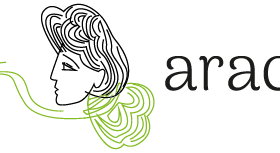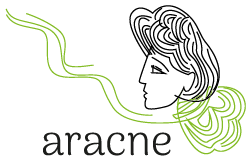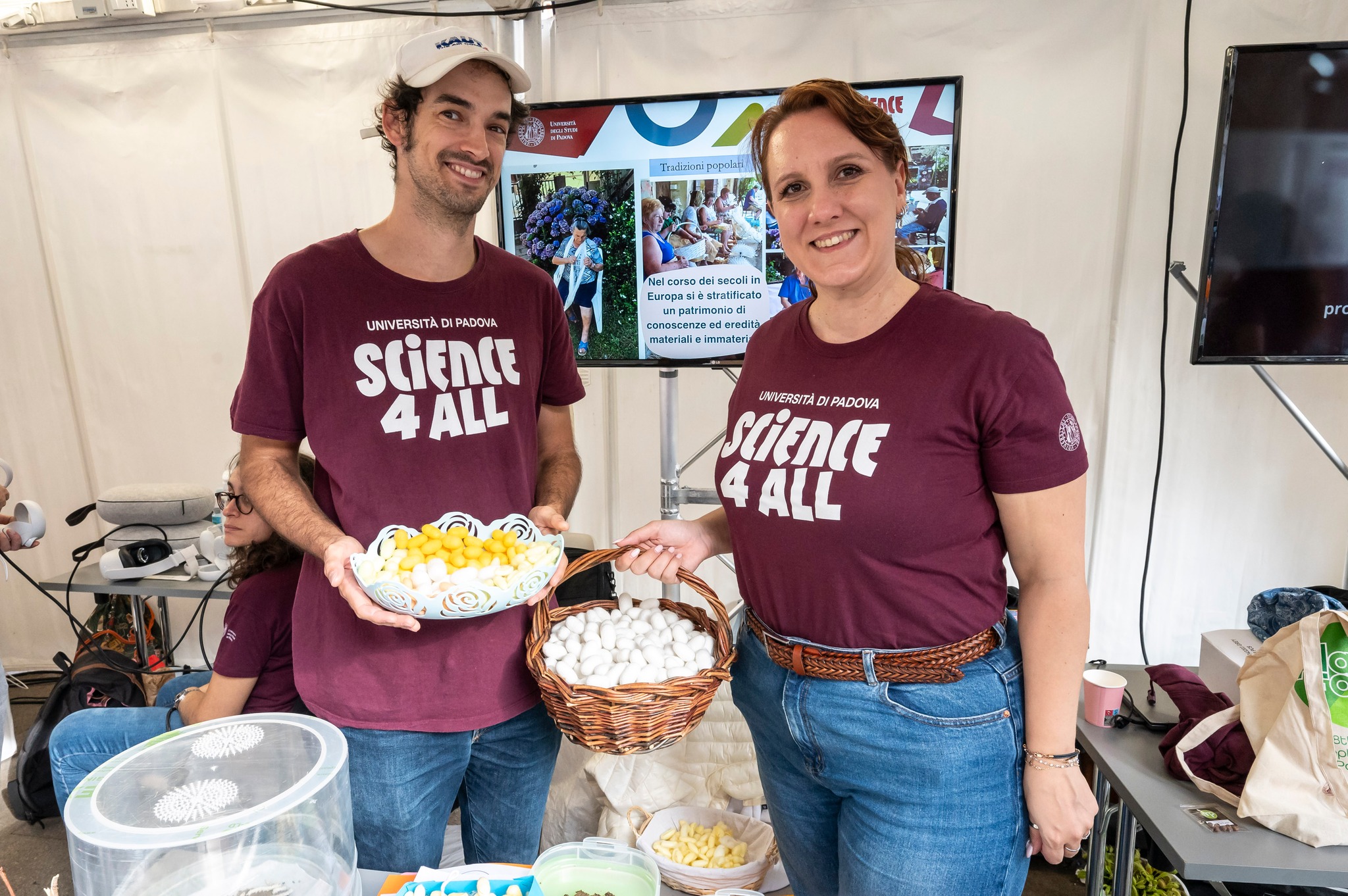The University of Padua is organizing Science4All for the third year, a project aimed at the general public and schools. The project’s objective is to communicate science in a simple and fun way for everyone: this year, the science festival will take place in Padua from Thursday, September 26 to Sunday, September 29 with over 240 activities including games, workshops, escape rooms, science cafés, and guided tours.
The Science4All festival coincides with the Researchers’ Night and extends over the months of September and November. The programme’s distinctive feature is its integration of scientists and researchers with the general public. This underscores the notion that science, when conveyed effectively, can be a universally accessible and engaging subject. In particular, the activities were proposed by 27 Departments, 4 Museums, 5 University Centers, 3 libraries, 3 offices, 12 partner organizations, and the Botanical Garden of the University of Padua.
It should be noted that the sole exception to free admission is the Botanical Garden and the Museum of Nature and Man, for which a reduced price of 6 euros will be charged for adults. Admission for those under 25 years of age will be free.

The Boulevard of Sciences
The university will set up the “Boulevard of Sciences,” a series of interactive exhibits situated along the pedestrian zone in the historic center of Padua. This initiative aims to facilitate connections between two prominent scientific landmarks: The Palazzo del Bo, which houses the chair formerly occupied by Galileo Galilei, and the new Museum of Nature and Man. There will be 66 stands situated in the courtyards of Palazzo del Bo and along the Liston, Piazzetta Garzeria, Piazza Cavour, and Via San Fermo: here the public will have the opportunity to engage researchers and participate in more than 160 interactive activities from 10:00 am to 7:00 pm on Saturday, September 28, and from 10:00 am to 2:00 pm on Sunday, September 29.
At stand number 45 in Piazzetta Garzeria, the FISPPA Department of the University of Padua, in collaboration with CREA – Agriculture and Environment Research Centre – Sericulture Laboratory and Esapolis Museum, will engage with adults and children in the exhibit: The European Silk Road: An Interactive Exhibition of Silkworms and Cocoons to Discover All the Secrets of Silk and the Spread of Sericulture in Europe. The exhibition will provide an opportunity to observe the silkworm in its various stages and to gain understanding of the role of this extraordinary animal in the Italian and European economies and cultures over many years.



